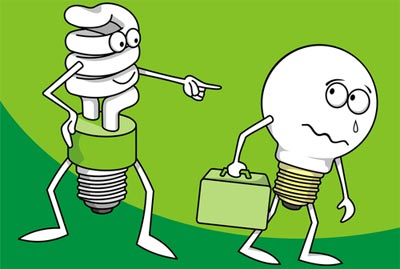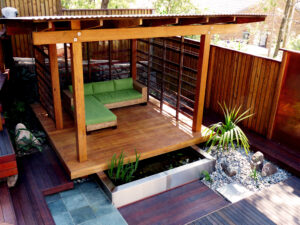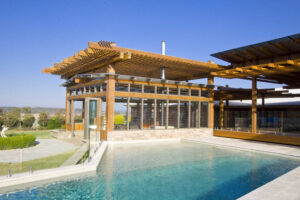When it comes to lighting your home, the lighting shop should be your last stop in the decision making process.
Starting with passive design elements is the key!
Resource usage is the driver!

- Optimize your natural light with higher doorways and strategically positioned windows. These elements are effective ways to allow for natural ventilation through your home. Windows and doors should be orientated to maximize the north-easterly sun aspect to avoid late afternoon and early morning sun. As well as this, southerly facing windows are critical for powering great cross ventilation.
- To allow more light in and to cool your home, look at how you can elevate your ceiling. Colder climates benefit largely from skylights, as these will both light and heat your home naturally. In warmer climates however, these can be heat traps, so designing to your climate zone and local environment is important.
- When it comes to artificial light, it’s important to understand where and what is needed and preferably, not needed and at what times throughout the day. Having an understanding of this will cut the amount of artificial light and thus, ongoing resource costs that are not necessary.
- Using single lights in place of looped lighting, as well as light stands can be a great energy saver, as these are only being used as you require them, as opposed to the large amount used within looped lighting.
- Get rid of those halogen lights and install energy efficient, compact fluorescent or LED lighting throughout your home.
- Choosing light bulbs with eight watts of power instead of the standard 100 watt bulbs will drastically increase the hours of life you receive from these bulbs. LED lights offer anywhere between 12,000 and 18,000 hours in comparison to standard bulbs, which can sometimes offer less than 100.
- Design elements as simple as glass louvers and awning glazed windows can offer more passive ventilation and natural cooling, and if positioned correctly, more effective heating within your home.
- By implementing these simple, low cost design elements into your home, you can ensure stable energy efficiency and low costs now and well into the future.





